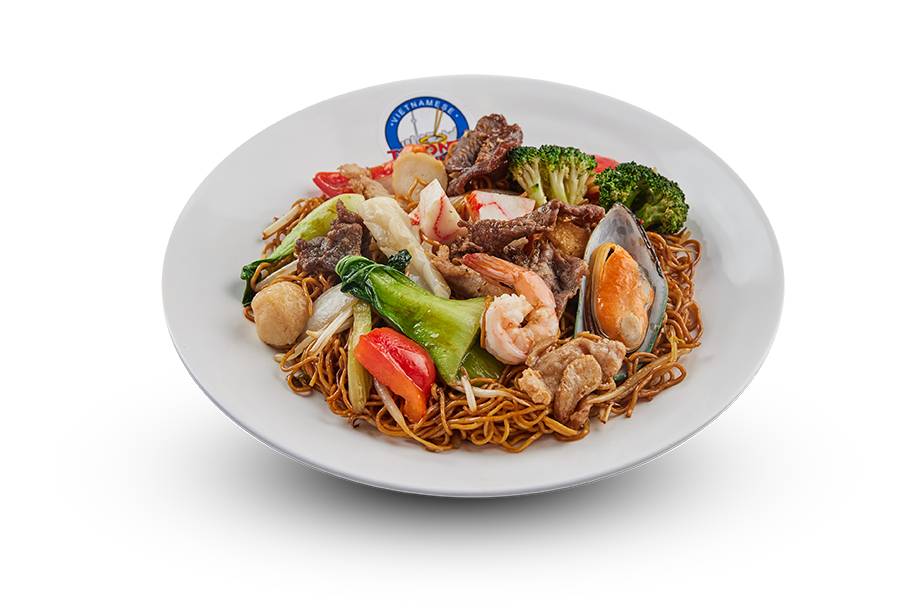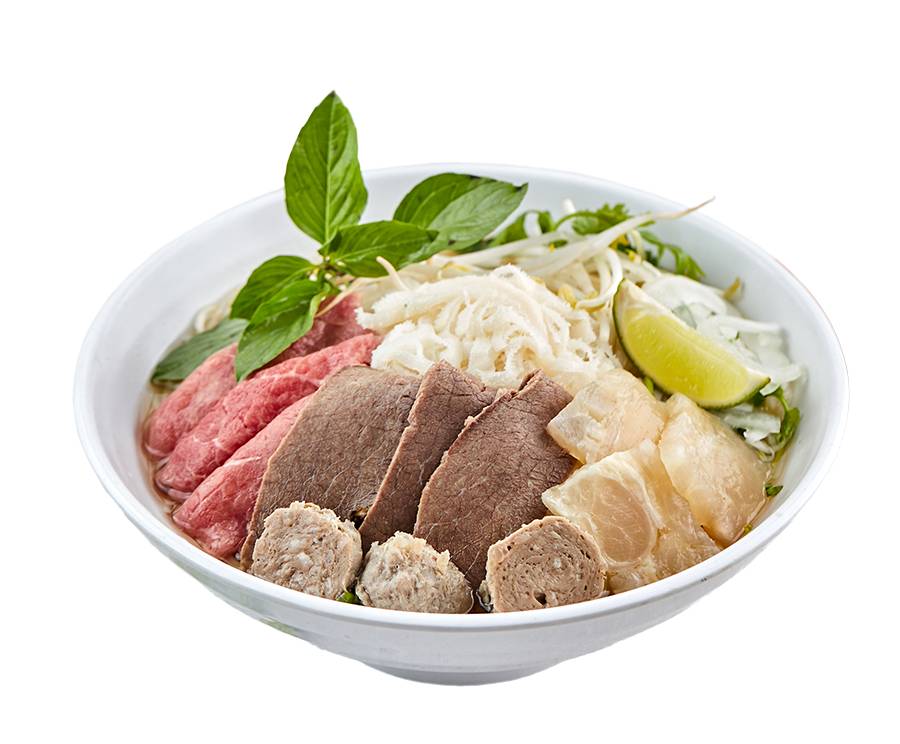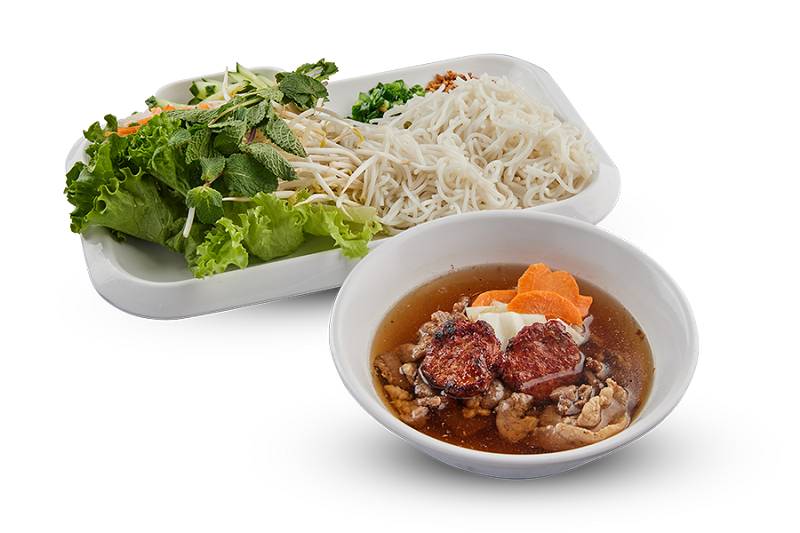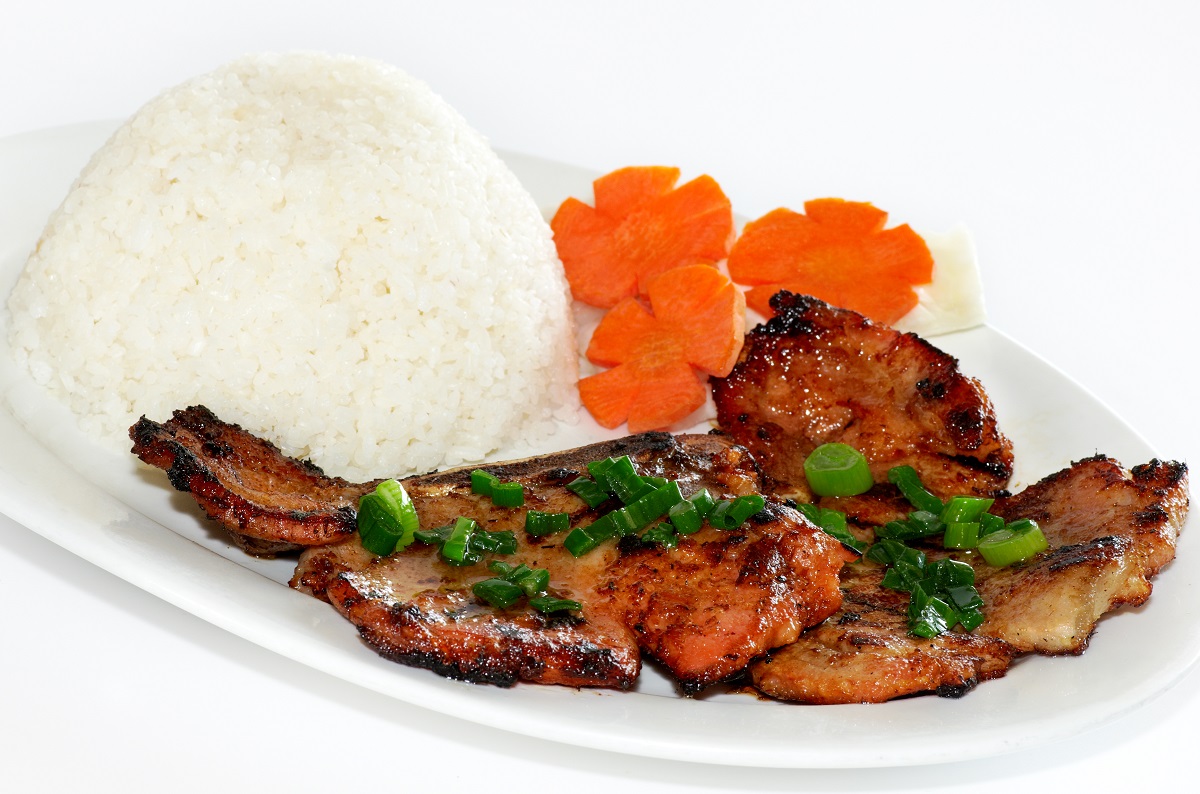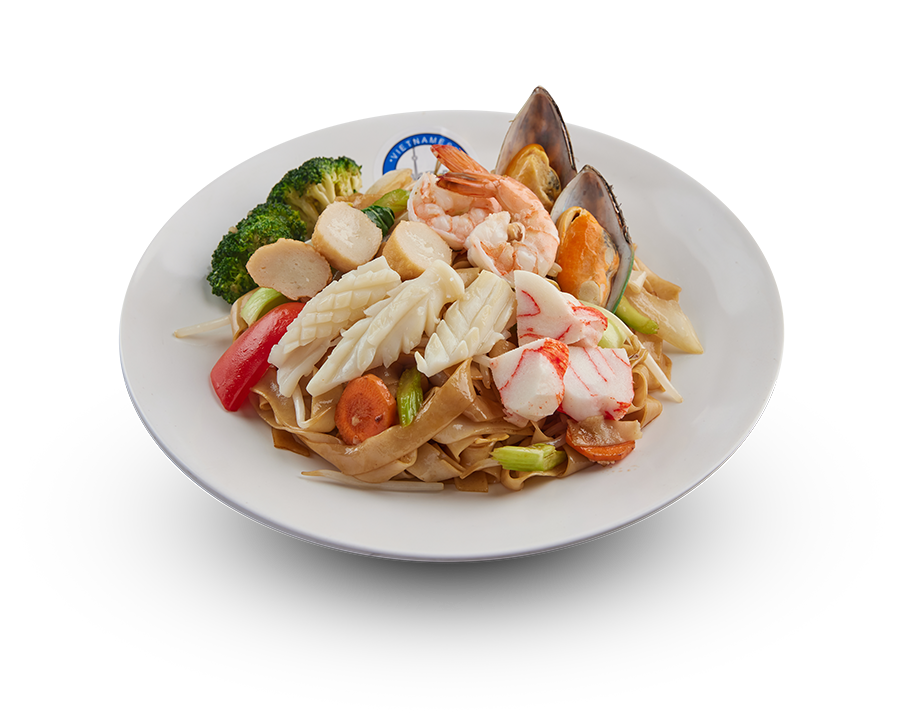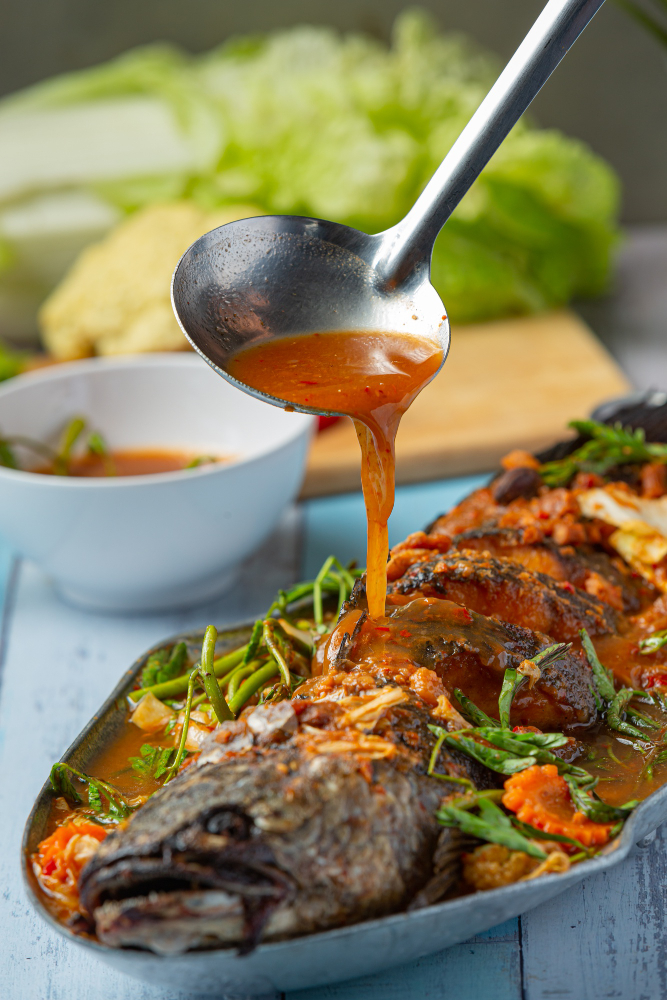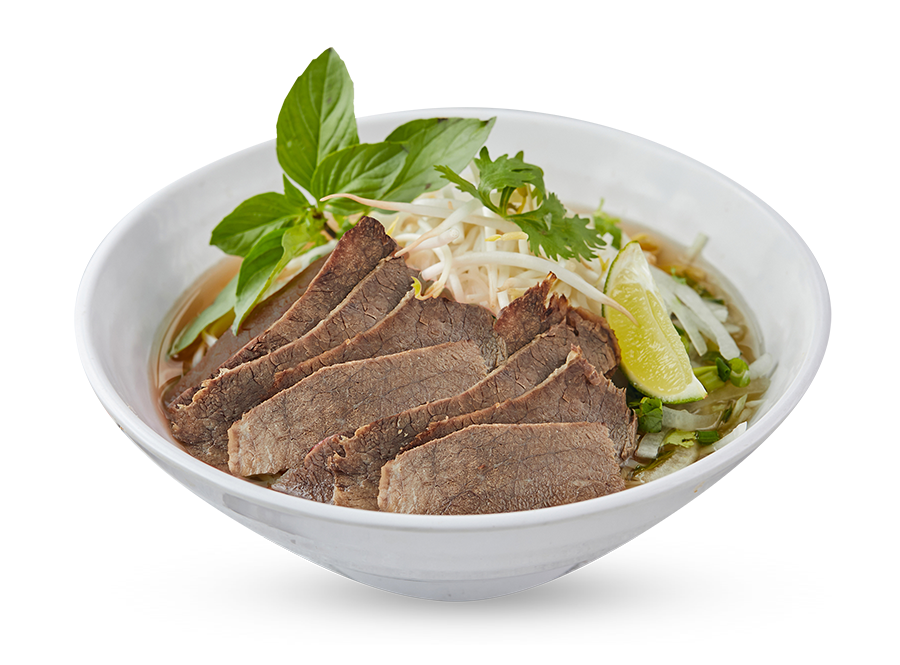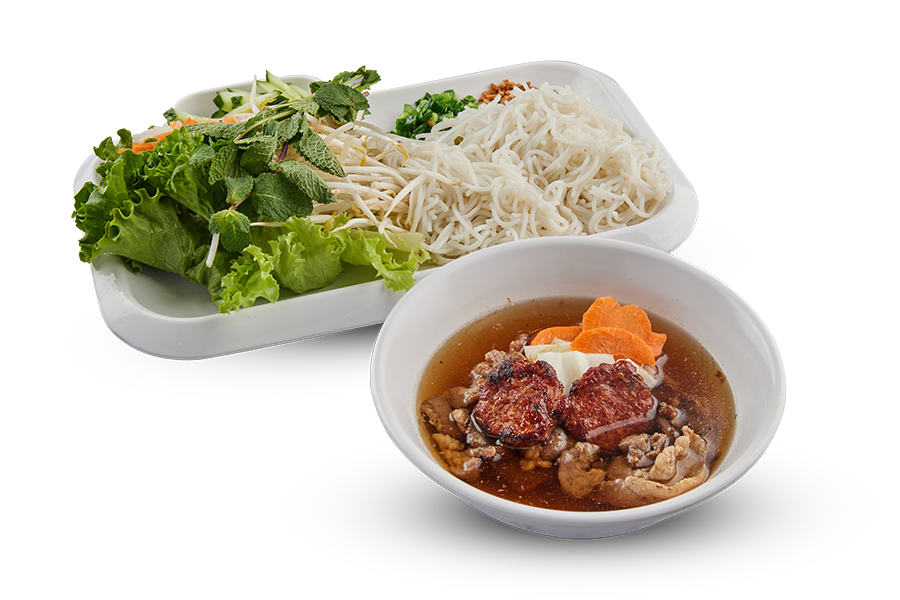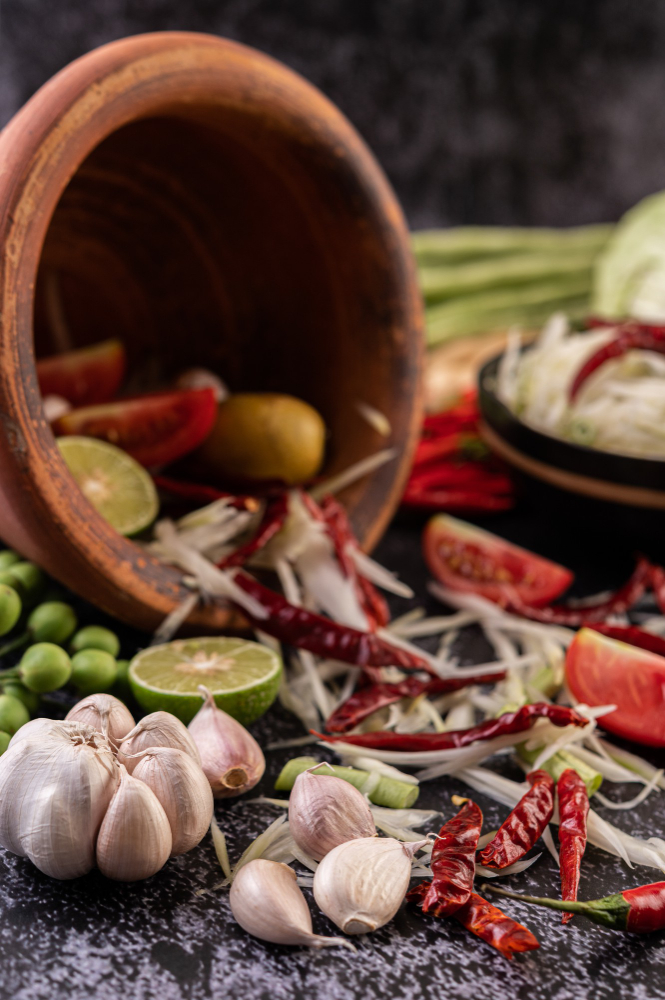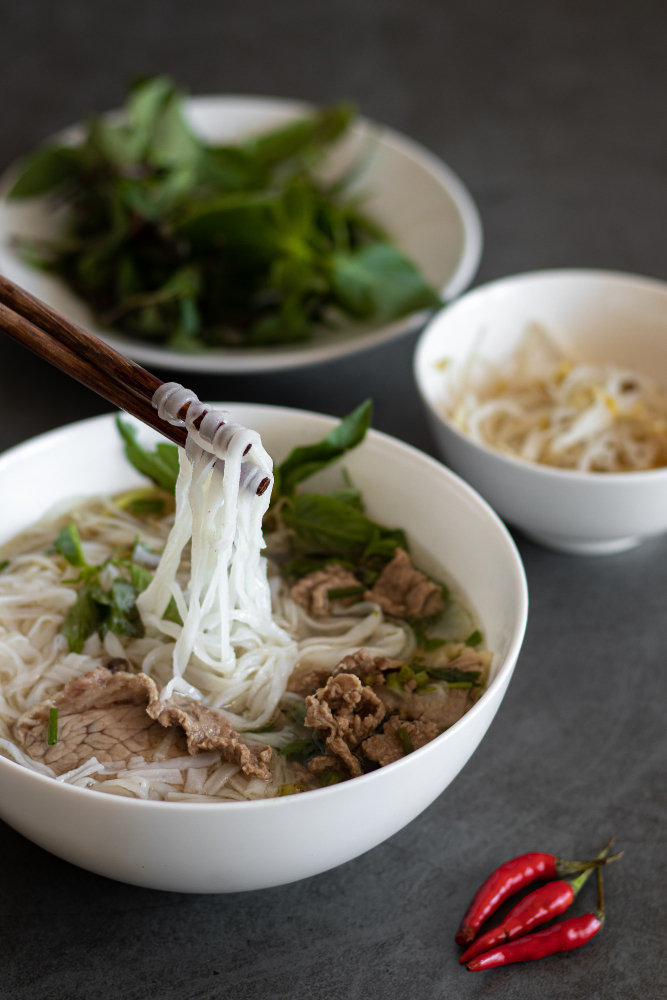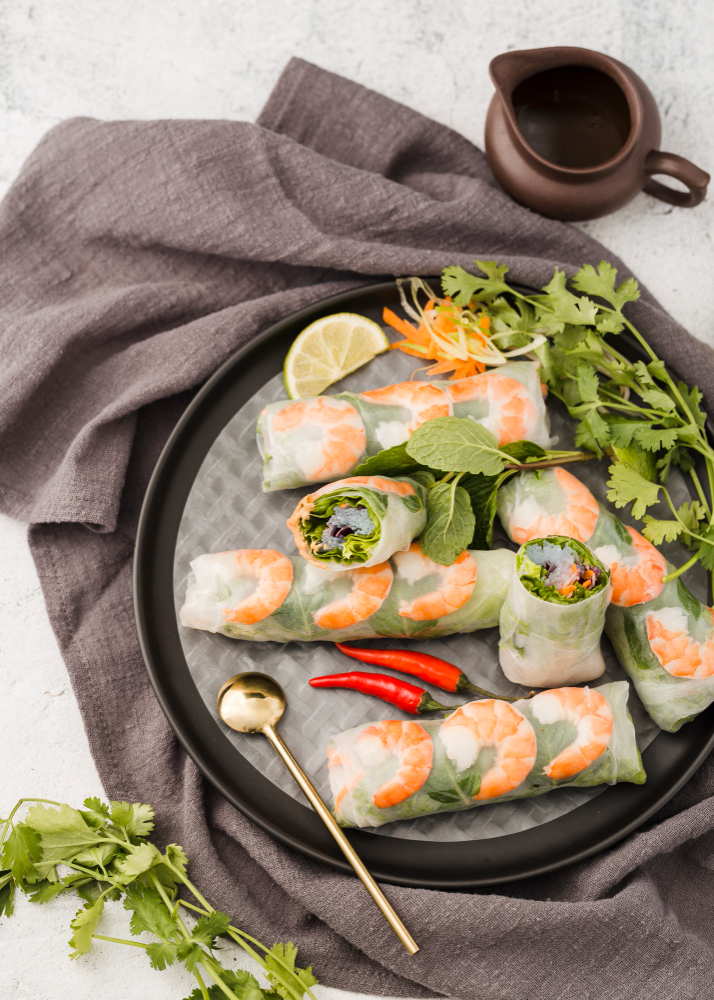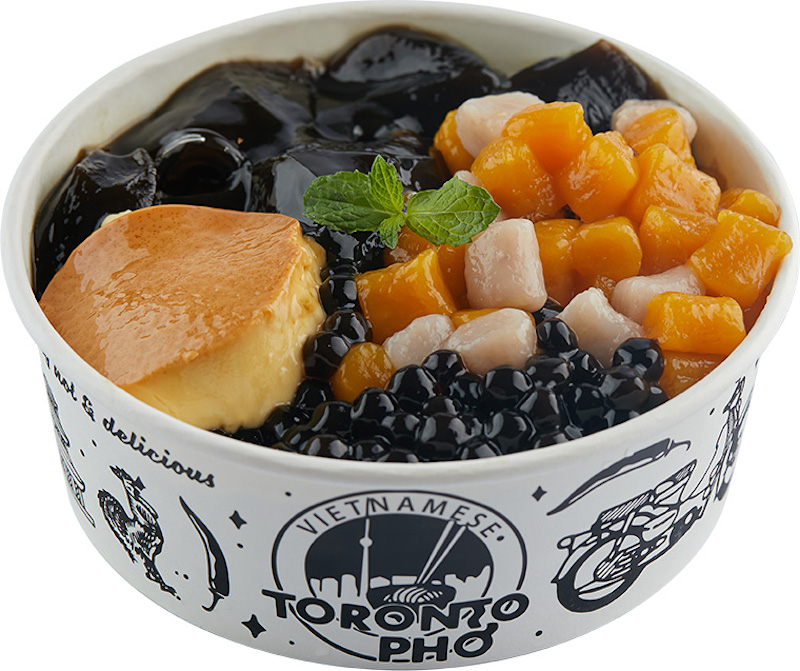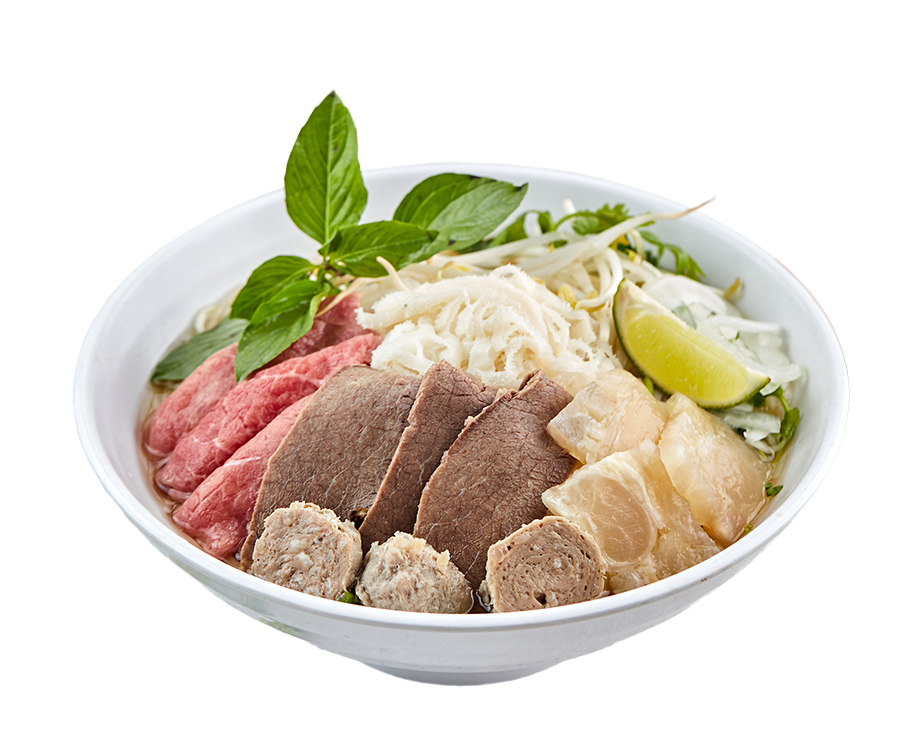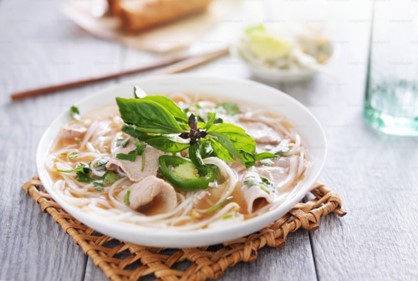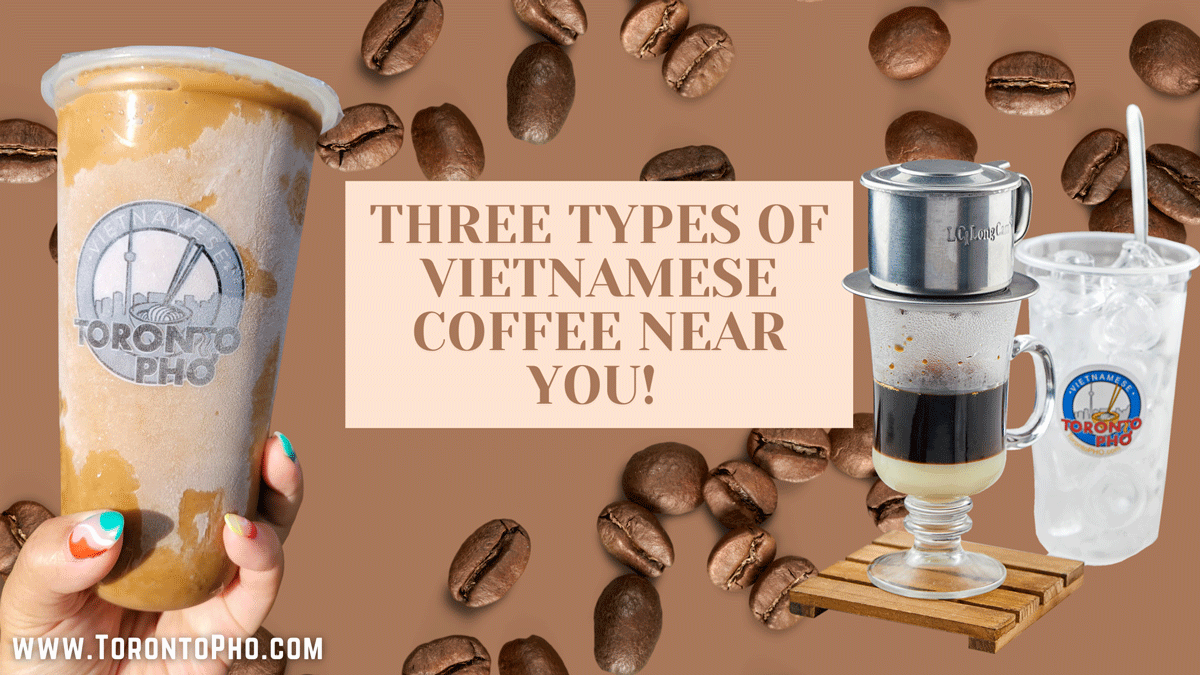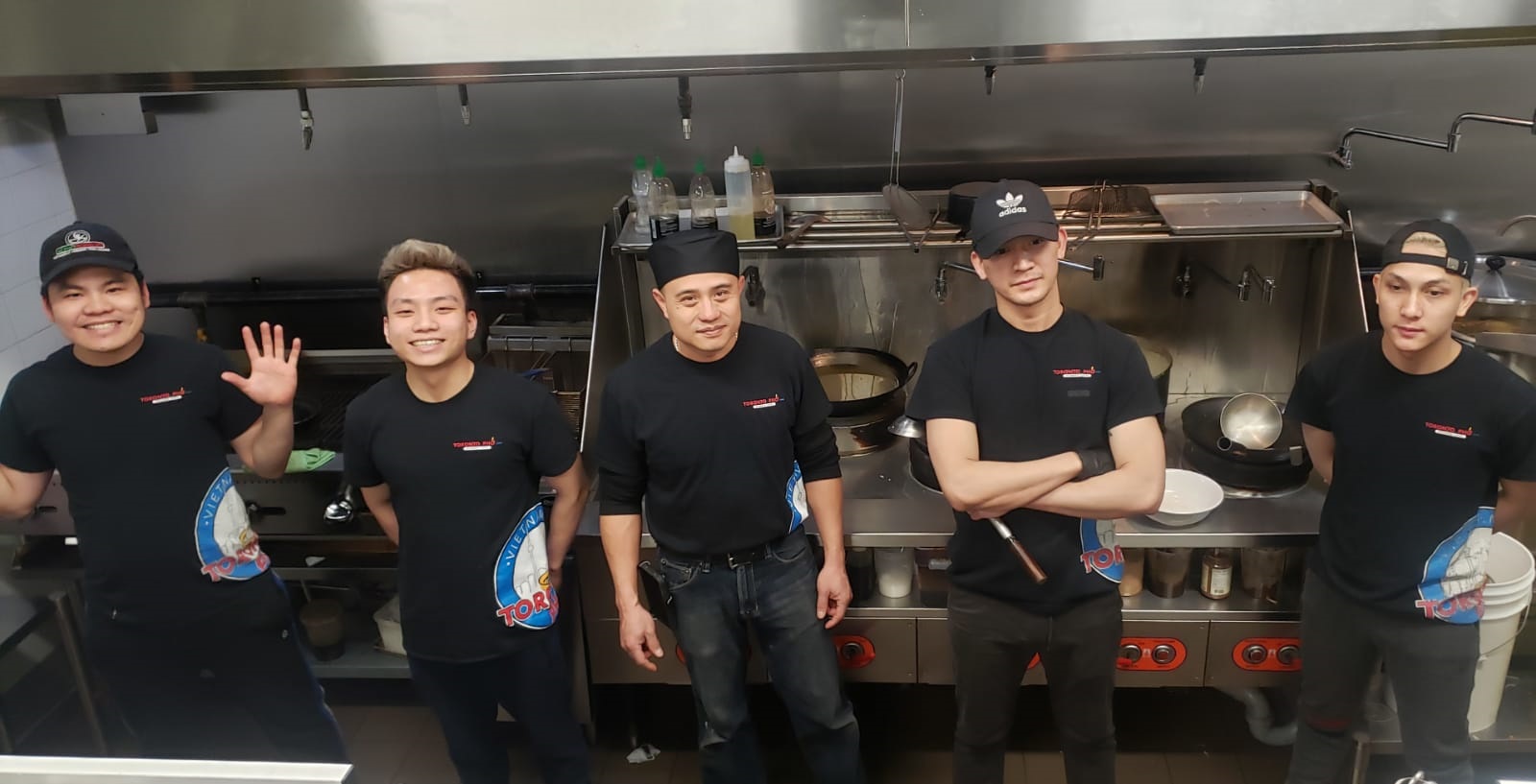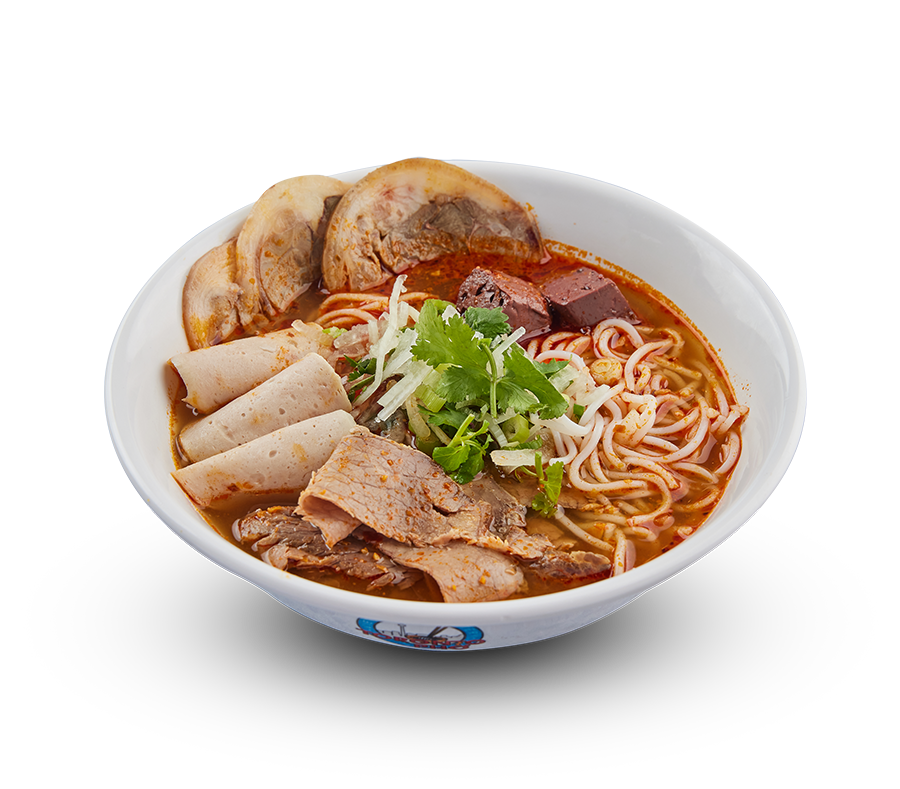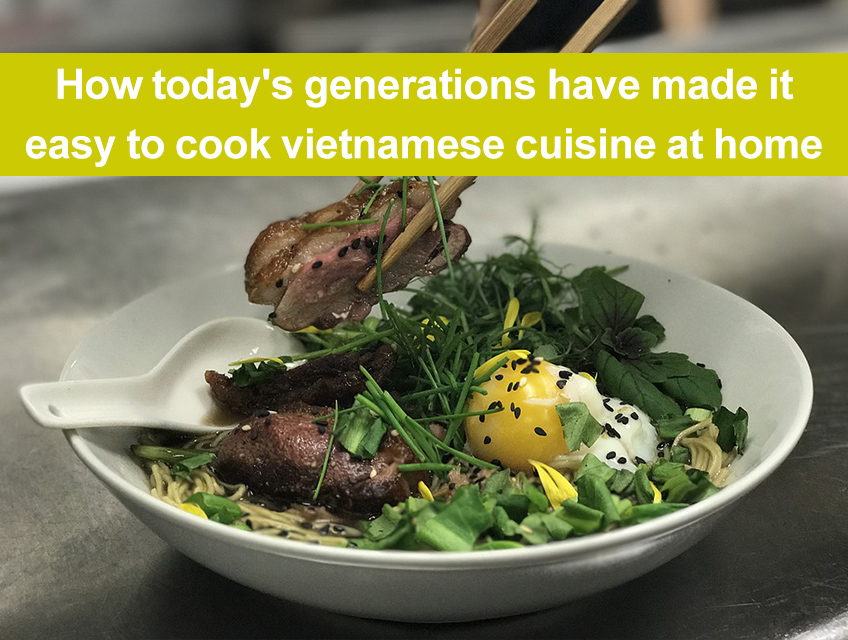
Before roughly a decade ago, if you wanted to cook Vietnamese food at home in Canada, seeking out an Asian market was really the only way to do so. Things have changed however. Demographics have grown more multicultural with more Vietnamese families living in Canada. Traditional Vietnamese ingredients such as lemongrass, coconut water, turmeric, and high quality fish sauce have also found their way into mainstream grocery stores – thanks to demand.
Add to all this the growing health movement and the fact that Vietnamese cuisine is one of the healthier cuisines out there, and you have a winning combination of factors resulting in ingredients, restaurants, and dishes being widely available. Thanks to today’s generation curiosities as well as the growing demand for Vietnamese cuisine, it’s easy. Ingredients are not hard to find.
Read more: How Today’s Generations have Made it Easy to Cook Vietnamese Cuisine at Home
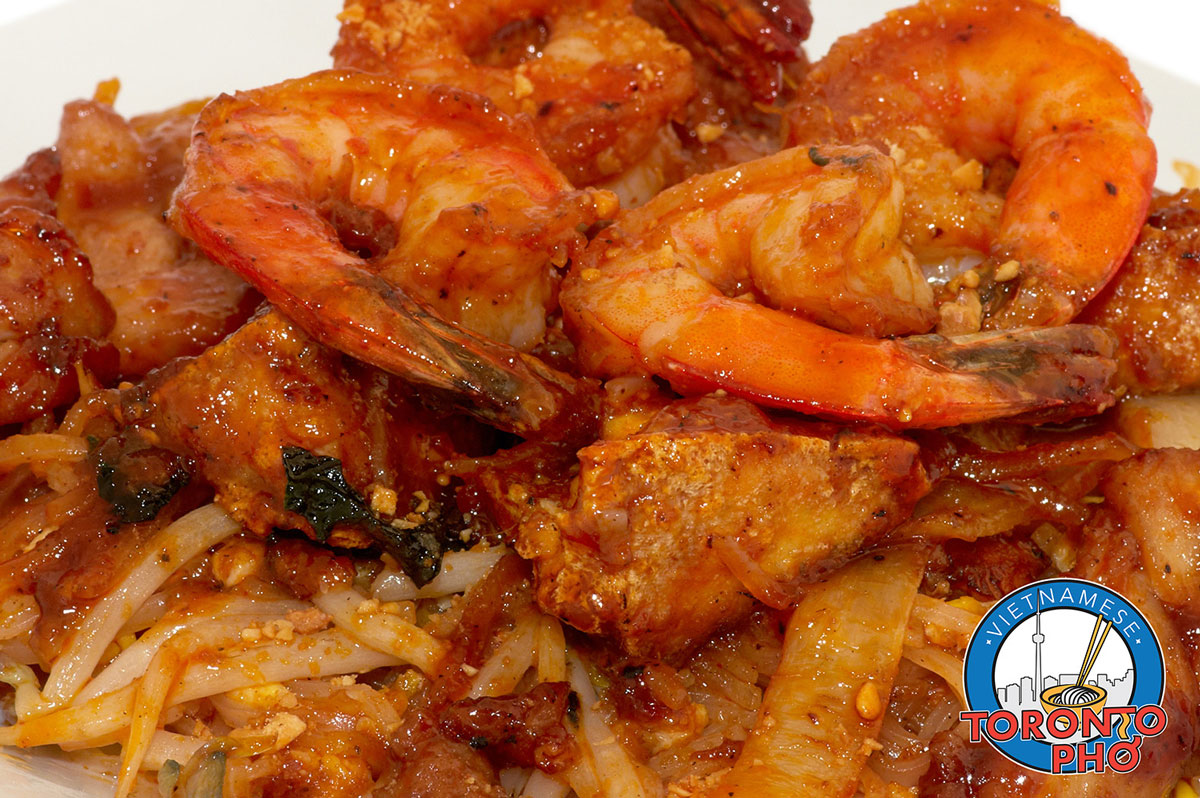
Pho is Vietnam’s greatest comfort food. It’s also very simple to make with chicken and stock. To prepare some slurp-worthy chicken pho from home, you don’t need much. After you’ve bought the plumpest pre-cooked chicken you can find, here’s what to do.
Place 2 cloves with 2 tsp coriander seeds in a large soup pot over medium heat. Give it a minute or two to toast. Then, peel and cut a 4 cm fresh piece of ginger into thick slices, bruising them with the flat side of the knife to release some flavor. Chop some spring opinions, greens, and more to add in.
Read more: How to Make the most Basic Chicken Pho like an Expert
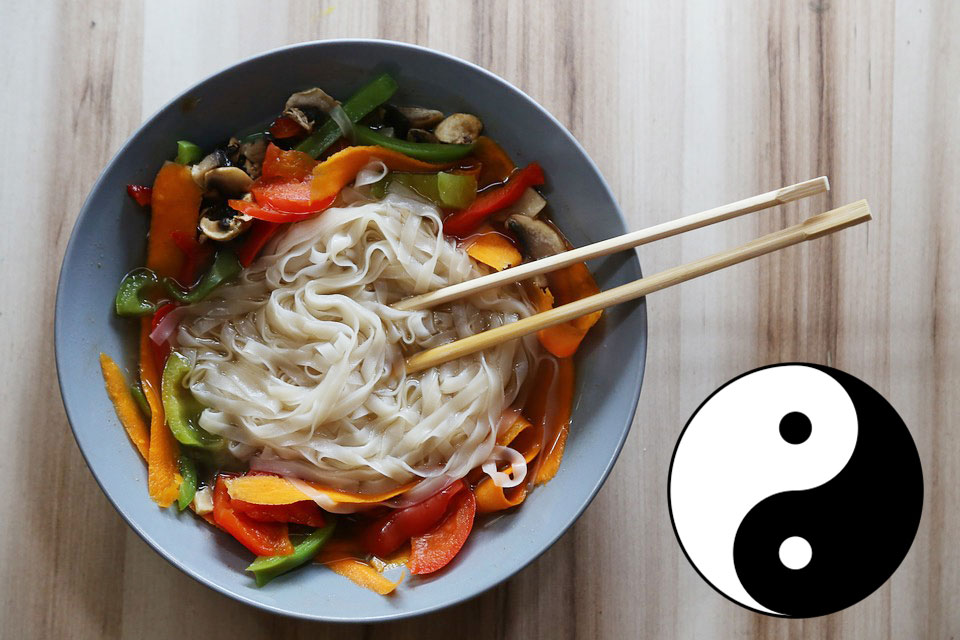
Where Vietnamese cuisine differs from North American cooking is in the yin-yang balance. Comparatively, North American cuisine chooses to focus on using different ingredients to harmoniously blend together and create a single taste shared across a dish. In Vietnamese cuisine, foods are built a little differently. The principles of yin and yang are used throughout Vietnamese dishes, meaning that there’s a balance to every meal. Different ingredients are combined to create singular tastes in a meal that perfectly balances everything.
As an example, pho is Vietnam’s national dish. It’s able to be eaten for breakfast, lunch, and/or dinner. It can be created from a wide variety of different ingredients, with so many customizations and substitutions which can be made. In North America, some might look at pho and simply see soup. While there are similarities, the philosophies that go into creating pho is different from some general soup. The basics include meat like beef, pork, or chicken, mixed with herbs, spices, and tender rice noodles all in a broth. Everything that goes into pho is focused on establishing and maintaining balance. If you add something salty, sweet, bitter, sour, or spicy, it needs to be counterbalanced. Dishes like pho and others are always prepared with distinctive layers of textures and flavors which can be contrasted but which always need to be held together in harmony.
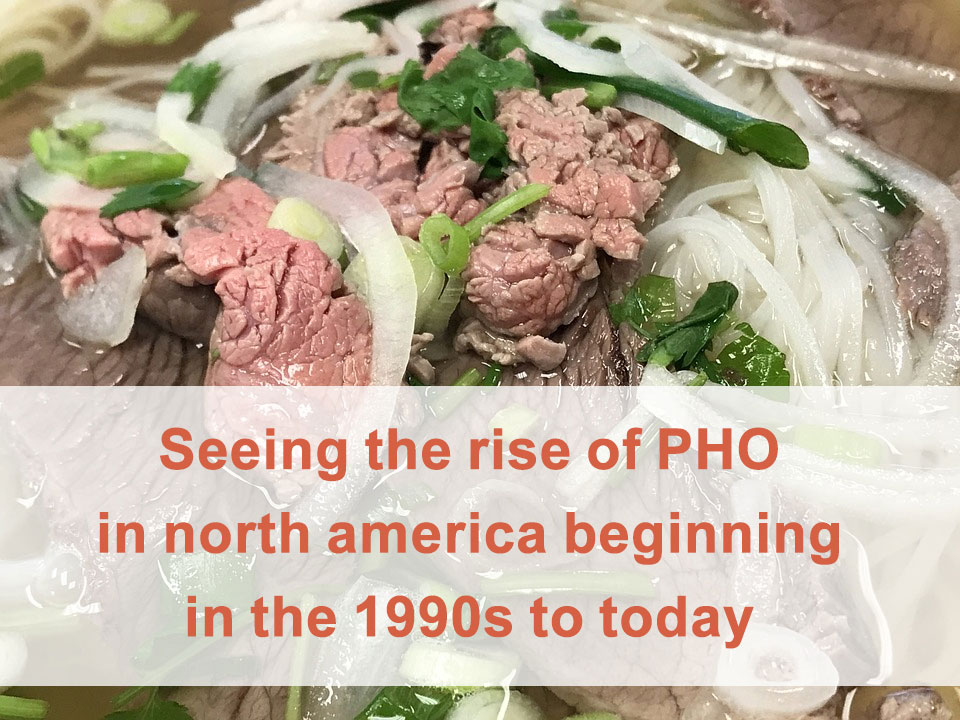
Since the influx of Vietnamese families into North America in the last 100 years, pho has held its own in Canadian cities as a beautiful dish shared by all cultures. Visiting cities like Toronto, Vancouver, Montreal, Ottawa, Calgary, Winnipeg, and Halifax, you’ll find a mix of comforting, affordable pho joints oftentimes preparing these dishes in the most authentic ways.
Pho is a restorative, balanced meal usually incorporating a protein source – such as beef, pork, chicken, or a vegan substitute of some kind – alongside rice noodles and flavorful broth. It’s a great meal to have when you’re out on a winter’s night but it’s also great to start your day with. It’s healthy, light, and very heartwarming. As a dish, these are just some of the reasons why it’s so popular today.
Read more: Seeing the Rise of Pho in North America beginning in the 1990s to Today
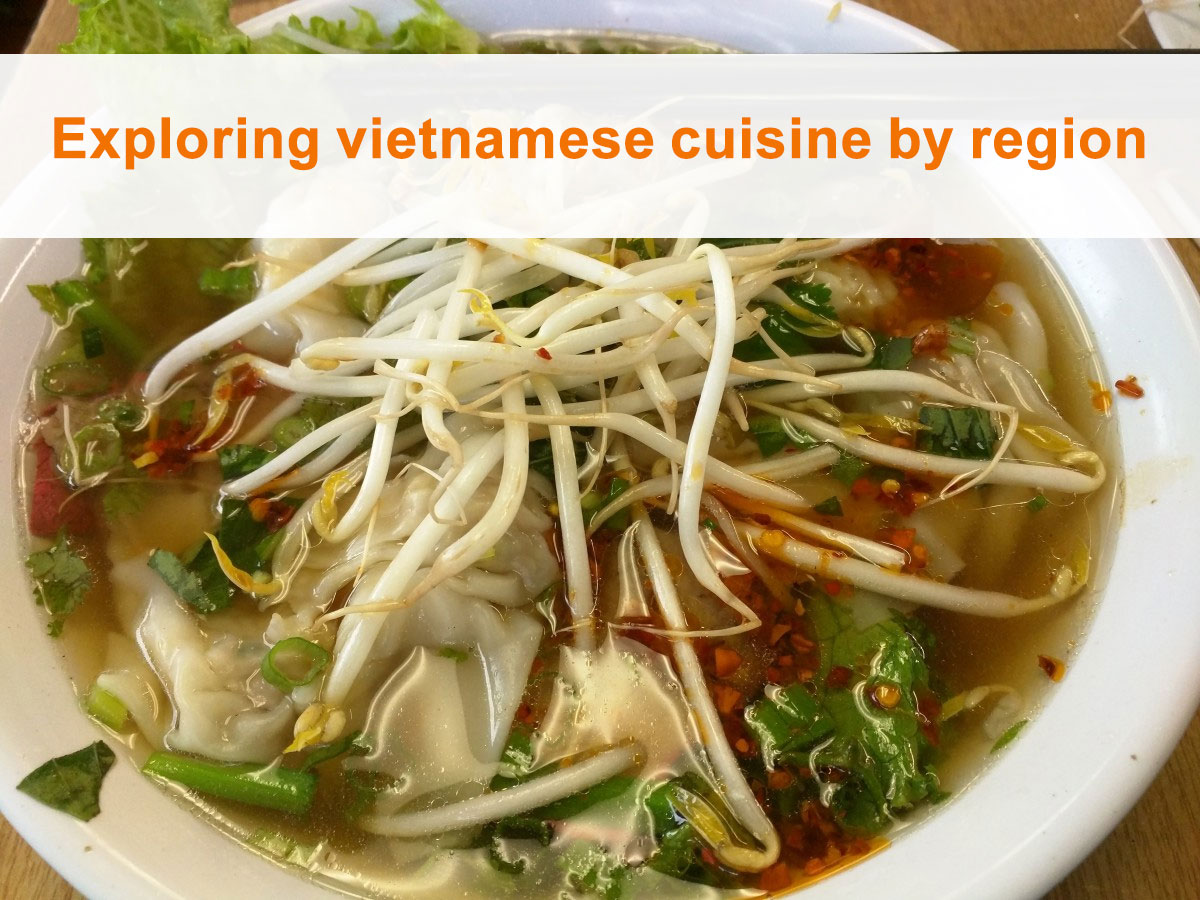
Vietnamese cuisine comes in many forms, whether it’s pho or a regional specialty. As you venture across the different parts of Vietnam, you’ll notice subtle changes in the culinary traditions, the ingredients used, and the different ways they prepare what many consider to be traditional cuisine.
For example, in northern Vietnam, there’s a colder climate so the availability of some spices is tough. Northern Vietnamese foods tend to be less spicy, with black pepper used in place of chilis and similar substitutions made. The use of meats are generally sparse, although the people in the region enjoy pulling from pork, beef, chicken, freshwater fish, and more. A lot of notable Vietnamese dishes from the north are crab-centered, occasionally include limes, and are templates for contemporary traditional Vietnamese food.
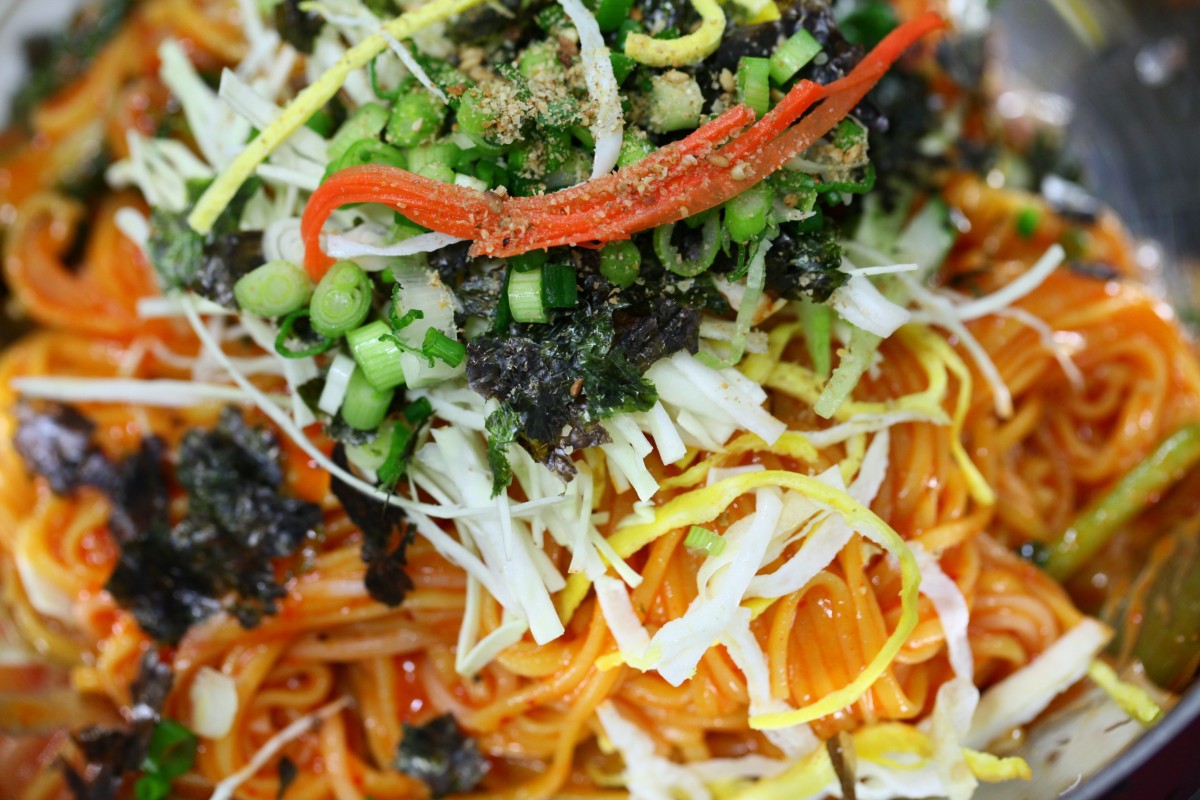
Browsing Vietnamese street food, to this day, among the wide varieties of different cuisine you’ll find pho. Naturally, in North American, when we think of pho we may not necessarily connect it to street food. After all, do you see a lot of North American street vendors offering pho-esque dishes – not really. Despite that, Vietnam is a completely different culture than what is seen here in North America.
Pho is a dish that has won the hearts of many foreigners in Vietnam as well as Torontonians. Experienced foodies love pho, as do Vietnamese cuisine enthusiasts. If you’ve ever travelled to Vietnam, for those that have had a bowl of genuine Vietnam-made pho, they’ll tell you how absolutely tasty it is. To some degree, pho represents so much about what Vietnamese cuisine is. Pho contains the ingredients you expect to find in Vietnam food and incorporates a lot of the guiding philosophies which go into creating Vietnamese dishes. Browsing different Vietnamese recipes, you’re also likely to find a lot of inspiration taken from pho.
More Articles ...
Page 43 of 45


